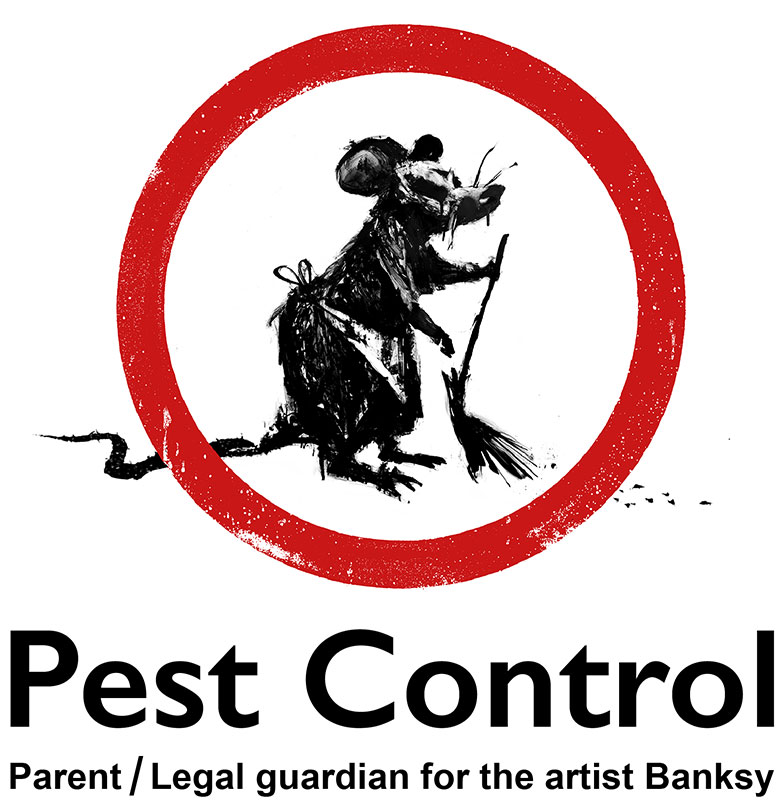A1 Bed Bug Exterminator Charlotte - Specialized Bed Bug Elimination
A1 Bed Bug Exterminator Charlotte - Specialized Bed Bug Elimination
Blog Article
Bed Bug Therapy Break Down: Contrasting Chemical Vs. Non-Chemical Solutions
In the world of bug control, particularly when dealing with the relentless issue of bed bugs, the selection between chemical and non-chemical treatment solutions can be an essential one. Both methods supply unique advantages and downsides, influencing aspects such as performance, safety and security factors to consider, and total expense. By taking a look at the nuanced information of each technique, a more clear understanding of which course to go after in addressing a bed insect invasion can be acquired.
Performance of Chemical Therapies
Chemical therapies for bed pest problems have been widely recognized for their potent and quick efficacy in eliminating these parasites. When considering the efficiency of chemical treatments, it is critical to comprehend that they can supply a extensive and quick remedy to a bed insect problem.
Additionally, chemical treatments have the benefit of offering residual effects, meaning that they can proceed to remove bed pests also after the initial application. This residual activity is especially helpful in combating any possible re-infestations. Additionally, the quick action of chemical therapies can bring alleviation to individuals dealing with serious bed pest problems, enabling them to reclaim control of their home quickly.
Security Worry About Chemical Solutions
When utilizing chemical services for bed bug treatment is ensuring the safety of passengers and the environment,One important facet that requires cautious factor to consider. While chemical treatments can be efficient in getting rid of bed pests, they may present threats if not handled correctly. One of the primary safety problems with chemical services is the possible injury they can create to human health and wellness. Direct exposure to certain chemicals used in bed pest therapies can result in breathing problems, skin inflammation, or other adverse responses, particularly in people with pre-existing problems or sensitivities. Additionally, incorrect application or dose of chemical pesticides can cause harmful deposits remaining in the cured area, posturing long-term health risks to occupants.
Furthermore, the environmental impact of chemical options is an additional substantial consideration. Some chemicals used in bed pest treatments might be dangerous to helpful pests, wildlife, and ecosystems if they leach right into the dirt or water supply. It is important to use chemical treatments sensibly, adhering to safety and security standards, and thinking about less hazardous choices to alleviate these risks and ensure the reliable and safe management of bed insect invasions.
Benefits of Non-Chemical Techniques
Taking into consideration the possible safety and security problems and environmental effect associated with chemical options for bed bug therapy, checking out non-chemical strategies provides an appealing option with several distinct benefits. Non-chemical therapies are environmentally pleasant, as they do not add to air or water contamination, making them a sustainable option for insect control.
Additionally, non-chemical solutions can be reliable in targeting bed pests, consisting of hard-to-reach locations where chemical treatments may not penetrate - A1 quality pest control bed bug exterminator charlotte. Approaches such as warmth treatment, vacuuming, vapor cleaning, and bed mattress coverings offer complete obliteration without the usage of hazardous chemicals.
Limitations of Non-Chemical Treatments

Additionally, non-chemical therapies commonly require several applications to achieve effective eradication. This can be taxing and might not constantly guarantee total elimination of all bed insects and their eggs, especially in concealed or hard-to-reach locations.
In addition, the success of non-chemical treatments greatly depends on proper execution and thoroughness, which can be testing for people without specialist competence. Inadequate application of non-chemical methods might result in incomplete eradication, resulting in relentless invasions and the requirement for additional treatments.
For that reason, while non-chemical treatments have their benefits, it is vital to recognize these restrictions and consider them description when identifying one of the most effective method for handling bed bug invasions.
Expense Comparison: Chemical Vs. Non-Chemical Options
Offered the limitations related to non-chemical therapies, a crucial facet to review in the context of bed bug monitoring is the expense contrast between chemical and non-chemical choices. Chemical therapies generally entail the application of pesticides by experts, which can vary from $250 to $900 per room, depending on the seriousness of the invasion and the dimension of the location to be dealt with. On the other hand, non-chemical therapies like warmth treatment or heavy steam can be more costly, with prices varying from $1,000 to $6,000 for a whole home. While the first cost of chemical treatments may appear reduced, numerous treatments may be needed to totally get rid of the problem, potentially enhancing the total cost. On the various other hand, non-chemical choices might supply a much more lasting and environment-friendly remedy, although they can be cost-prohibitive for some individuals. Ultimately, when taking into consideration the price of bed pest therapy options, it is essential to weigh the ahead of time costs against the effectiveness and lasting sustainability of the chosen technique.
Final Thought

Thinking about the prospective safety and security concerns and ecological influence connected with chemical remedies for bed pest treatment, discovering non-chemical strategies provides an appealing option with a number of distinct benefits.Given the limitations linked with non-chemical therapies, a vital aspect to assess in the context of bed pest administration is the cost comparison in between chemical and non-chemical alternatives. In comparison, non-chemical therapies like warmth treatment or vapor can be much more expensive, with expenses ranging from $1,000 to $6,000 for a whole home. While the first cost of chemical treatments might seem lower, numerous therapies may be called for to fully remove the problem, possibly boosting the general price.In final thought, when comparing chemical and non-chemical bed bug therapy options, it is important to think about efficiency, safety, benefits, limitations, and expense.
Report this page